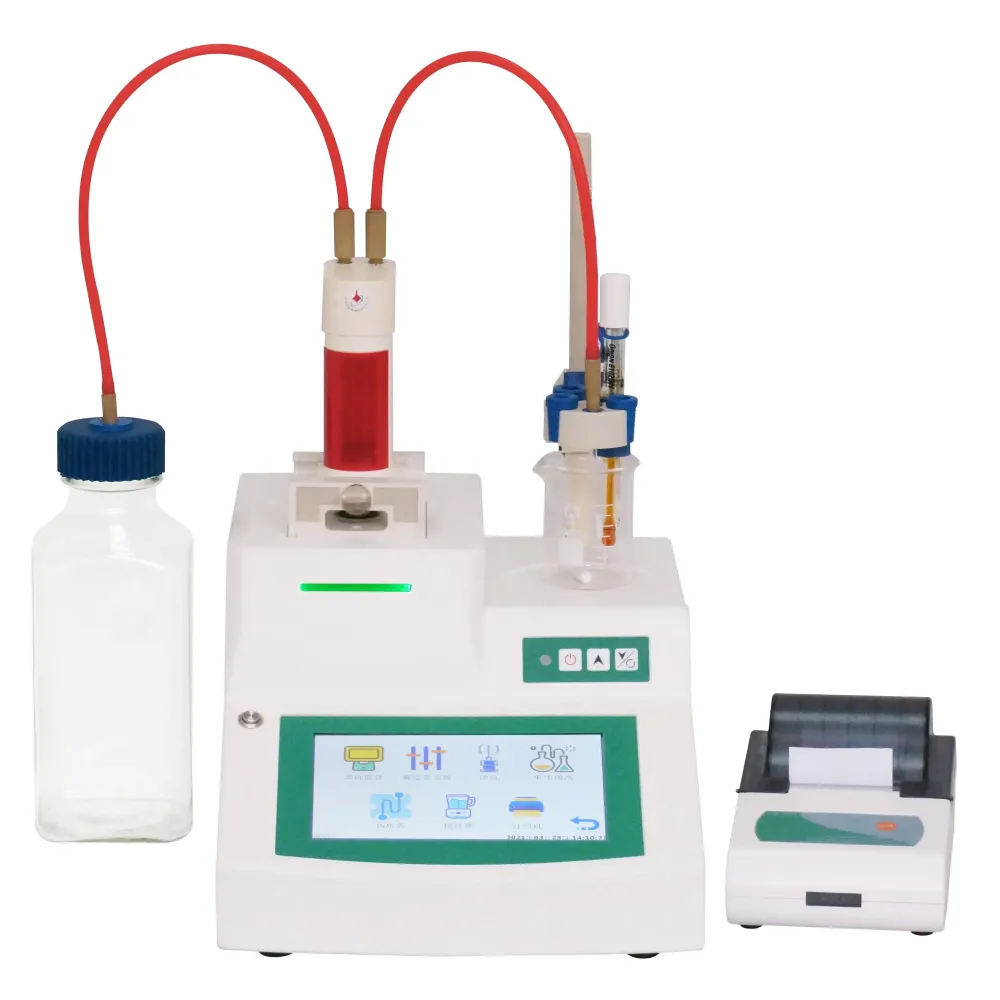 English
English



-
 Afrikaans
Afrikaans -
 Albanian
Albanian -
 Amharic
Amharic -
 Arabic
Arabic -
 Armenian
Armenian -
 Azerbaijani
Azerbaijani -
 Basque
Basque -
 Belarusian
Belarusian -
 Bengali
Bengali -
 Bosnian
Bosnian -
 Bulgarian
Bulgarian -
 Catalan
Catalan -
 Cebuano
Cebuano -
 China
China -
 China (Taiwan)
China (Taiwan) -
 Corsican
Corsican -
 Croatian
Croatian -
 Czech
Czech -
 Danish
Danish -
 Dutch
Dutch -
 English
English -
 Esperanto
Esperanto -
 Estonian
Estonian -
 Finnish
Finnish -
 French
French -
 Frisian
Frisian -
 Galician
Galician -
 Georgian
Georgian -
 German
German -
 Greek
Greek -
 Gujarati
Gujarati -
 Haitian Creole
Haitian Creole -
 hausa
hausa -
 hawaiian
hawaiian -
 Hebrew
Hebrew -
 Hindi
Hindi -
 Miao
Miao -
 Hungarian
Hungarian -
 Icelandic
Icelandic -
 igbo
igbo -
 Indonesian
Indonesian -
 irish
irish -
 Italian
Italian -
 Japanese
Japanese -
 Javanese
Javanese -
 Kannada
Kannada -
 kazakh
kazakh -
 Khmer
Khmer -
 Rwandese
Rwandese -
 Korean
Korean -
 Kurdish
Kurdish -
 Kyrgyz
Kyrgyz -
 Lao
Lao -
 Latin
Latin -
 Latvian
Latvian -
 Lithuanian
Lithuanian -
 Luxembourgish
Luxembourgish -
 Macedonian
Macedonian -
 Malgashi
Malgashi -
 Malay
Malay -
 Malayalam
Malayalam -
 Maltese
Maltese -
 Maori
Maori -
 Marathi
Marathi -
 Mongolian
Mongolian -
 Myanmar
Myanmar -
 Nepali
Nepali -
 Norwegian
Norwegian -
 Norwegian
Norwegian -
 Occitan
Occitan -
 Pashto
Pashto -
 Persian
Persian -
 Polish
Polish -
 Portuguese
Portuguese -
 Punjabi
Punjabi -
 Romanian
Romanian -
 Russian
Russian -
 Samoan
Samoan -
 Scottish Gaelic
Scottish Gaelic -
 Serbian
Serbian -
 Sesotho
Sesotho -
 Shona
Shona -
 Sindhi
Sindhi -
 Sinhala
Sinhala -
 Slovak
Slovak -
 Slovenian
Slovenian -
 Somali
Somali -
 Spanish
Spanish -
 Sundanese
Sundanese -
 Swahili
Swahili -
 Swedish
Swedish -
 Tagalog
Tagalog -
 Tajik
Tajik -
 Tamil
Tamil -
 Tatar
Tatar -
 Telugu
Telugu -
 Thai
Thai -
 Turkish
Turkish -
 Turkmen
Turkmen -
 Ukrainian
Ukrainian -
 Urdu
Urdu -
 Uighur
Uighur -
 Uzbek
Uzbek -
 Vietnamese
Vietnamese -
 Welsh
Welsh -
 Bantu
Bantu -
 Yiddish
Yiddish -
 Yoruba
Yoruba -
 Zulu
Zulu
hipot tester working
Understanding the Functionality of Hipot Testers
A hipot tester, short for high potential tester, is an essential instrument used in electrical testing to ensure the safety and reliability of electrical equipment. Its primary function revolves around performing dielectric strength and insulation resistance tests, making it a critical tool in various industries including manufacturing, electronics, and telecommunications.
The main goal of a hipot tester is to verify that electrical devices can operate safely without risk of electrical shock to users. It does this by applying a high voltage to the insulation of the device under test while simultaneously monitoring for any leakage current that might indicate a failure in insulation. This test helps to ensure that the equipment is adequately insulated and that it can withstand any electrical stress it might encounter during operation.
How Does a Hipot Tester Work?
The operation of a hipot tester is quite straightforward. When conducting a test, the device connects to the electrical component being evaluated. The tester then applies a specific high voltage—typically much higher than the normal operating voltage—to the insulation of the device. For instance, if the equipment operates at 120 volts, the hipot tester might apply a test voltage of 1,000 volts or more.
During this process, the tester measures the amount of leakage current that flows through the insulation. This current should ideally be very minimal. If the leakage current exceeds a predefined safety threshold, it indicates that there may be issues with the insulation, which could lead to electrical breakdown or failure. Consequently, the tester provides vital data that helps technicians ascertain the device's integrity and reliability.
Applications of Hipot Testing
hipot tester working

Hipot testing is widely used in various sectors. For example, in manufacturing settings, it serves as a quality assurance measure to confirm that all products meet safety standards before they are shipped to customers. In the electronics industry, it ensures that devices such as transformers, power supplies, and motors are adequately insulated.
Moreover, the method serves as a routine maintenance check in facilities that operate heavy machinery or have sensitive electrical systems. By regularly performing hipot tests, companies can preemptively identify potential insulation failures, which may lead to costly downtime or safety hazards.
Safety Considerations
While hipot testing is crucial for safety, it necessitates careful handling. The high voltage employed can pose serious risks if not managed properly. Technicians are trained to follow strict safety protocols, including ensuring that no one is in the vicinity of the testing area when the voltage is applied. Additionally, proper insulation of the test leads used in the process is essential to prevent accidental shocks.
Conclusion
Hipot testers play a pivotal role in ensuring the safety and efficiency of electrical devices. By performing dielectric strength tests and monitoring leakage currents, these instruments help manufacturers and technicians identify insulation failures, ensuring that products are safe for consumer use. With the increasing reliance on electrical devices in daily life, the importance of reliable hipot testing cannot be overstated. As technology advances, so too will the features and capabilities of hipot testers, further enhancing electrical safety in various applications.
-
Testing Equipment Industry Sees Major Advancements in 2025: Smart & Precision Technologies Lead the WayNewsJun.06,2025
-
Applications of Direct Current Generators in Renewable Energy SystemsNewsJun.05,2025
-
Hipot Tester Calibration and Accuracy GuidelinesNewsJun.05,2025
-
Digital Circuit Breaker Analyzer Features and BenefitsNewsJun.05,2025
-
Benefits of Real-Time Power Quality Monitoring Devices for Industrial EfficiencyNewsJun.05,2025
-
Earth Fault Loop Testing in High-Rise Building Electrical SystemsNewsJun.05,2025



